Invasive Watch: Cottonwood

Cottonwood trees may be attractive providers of shade, but their presence near utility sites poses a significant threat to utility infrastructure and wildfire mitigation.
Cottonwood trees may be attractive providers of shade, but their presence near utility sites poses a significant threat to utility infrastructure and wildfire mitigation.
Cottonwood (Populus sect. Aigeiros) is a North American poplar species that grows anywhere from 70 to 190 feet tall. While majestic in appearance, cottonwood varieties can grow up to 6 feet annually and feature canopies that spread up to 75 feet wide. Their expedited growth rate often yields thick long branches composed of brittle wood that is susceptible to breaking in windstorms, which presents a threat to powerlines and utility infrastructure in the fall zone. These brittle remnants, as well as cotton produced by female cottonwood species, are highly flammable, which can impact the efficacy of wildfire mitigation programs.
Three cottonwood species are commonly found throughout the United States:
While each of these species display smooth yellowish-green bark in the earlier stages of development, they become grayish-brown with scaly ridges as they approach full maturity.
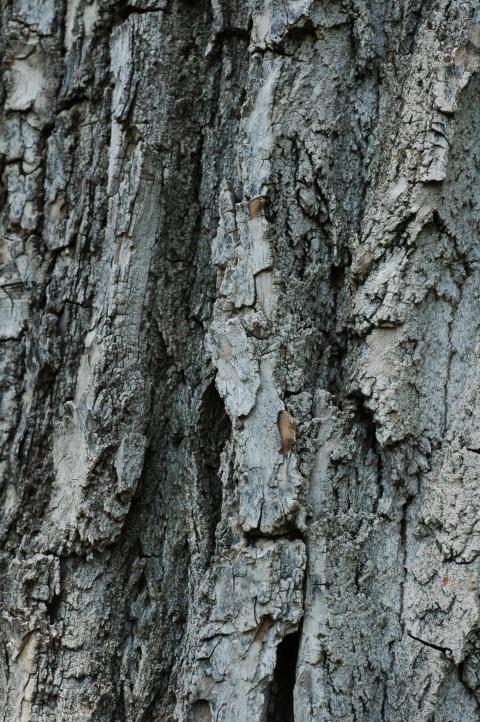
Other distinguishing characteristics include the following:
Leaves
While the leaves of all cottonwood varieties have alternating flat stems, black cottonwood leaves are more oval-like. Comparatively, the leaves of eastern and Fremont varieties are triangular. Fremont and black cottonwood leaves are also more serrated than their eastern counterparts.
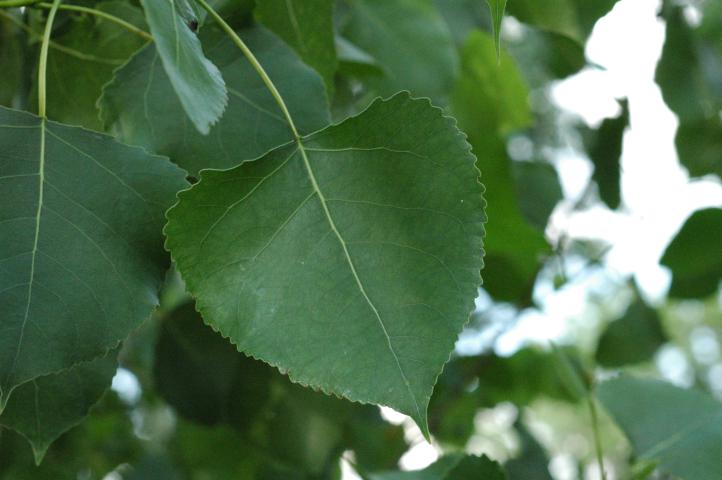
Eastern cottonwood leaves are more triangular and slightly serrated.
Fruit
The color of cottonwood fruit differs with each variety as well. While elongated three- to four-valved capsules grow in clusters on each, eastern cottonwood yields green or greenish-brown fruit, while Fremont cottonwood produces light-brown fruit, and black cottonwood fruit is darker with a hairy appearance. These capsules, also known as seedpods, only appear on female cottonwoods and can release a total of 25 million seeds each year.
Location
The cottonlike fluff that surrounds cottonwood seeds is dispersed by wind, which is part of the reason why cottonwood species can be found throughout Eastern, Central and Western regions of the United States. In each of these areas, cottonwood species commonly develop throughout the following sites:
Given the sheer size of cottonwood trees at full maturity, vegetation managers are encouraged to control these species in their earlier stages of development. While vegetation managers should follow directions provided on a product’s label to ensure the proper treatment(s) is used for the size and density of targeted vegetation, licensed applicators can apply the following treatments using Vastlan® herbicide from Corteva Agriscience to control problematic cottonwood trees at different stages of growth:
Shrub-sized Trees
Medium/Large Species
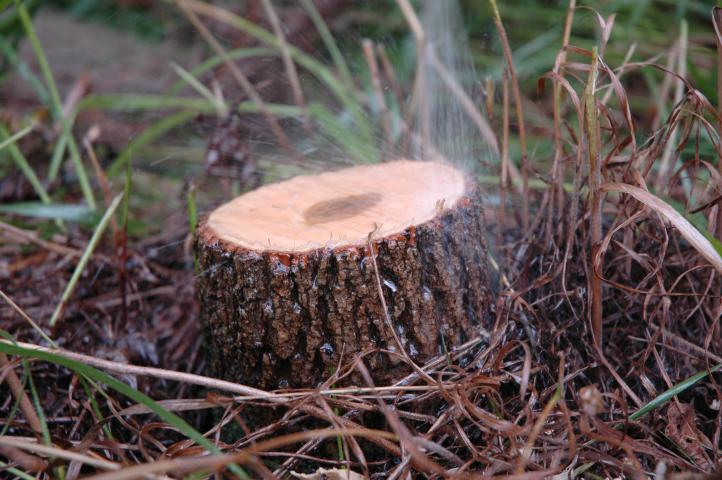
Other Treatments to Consider
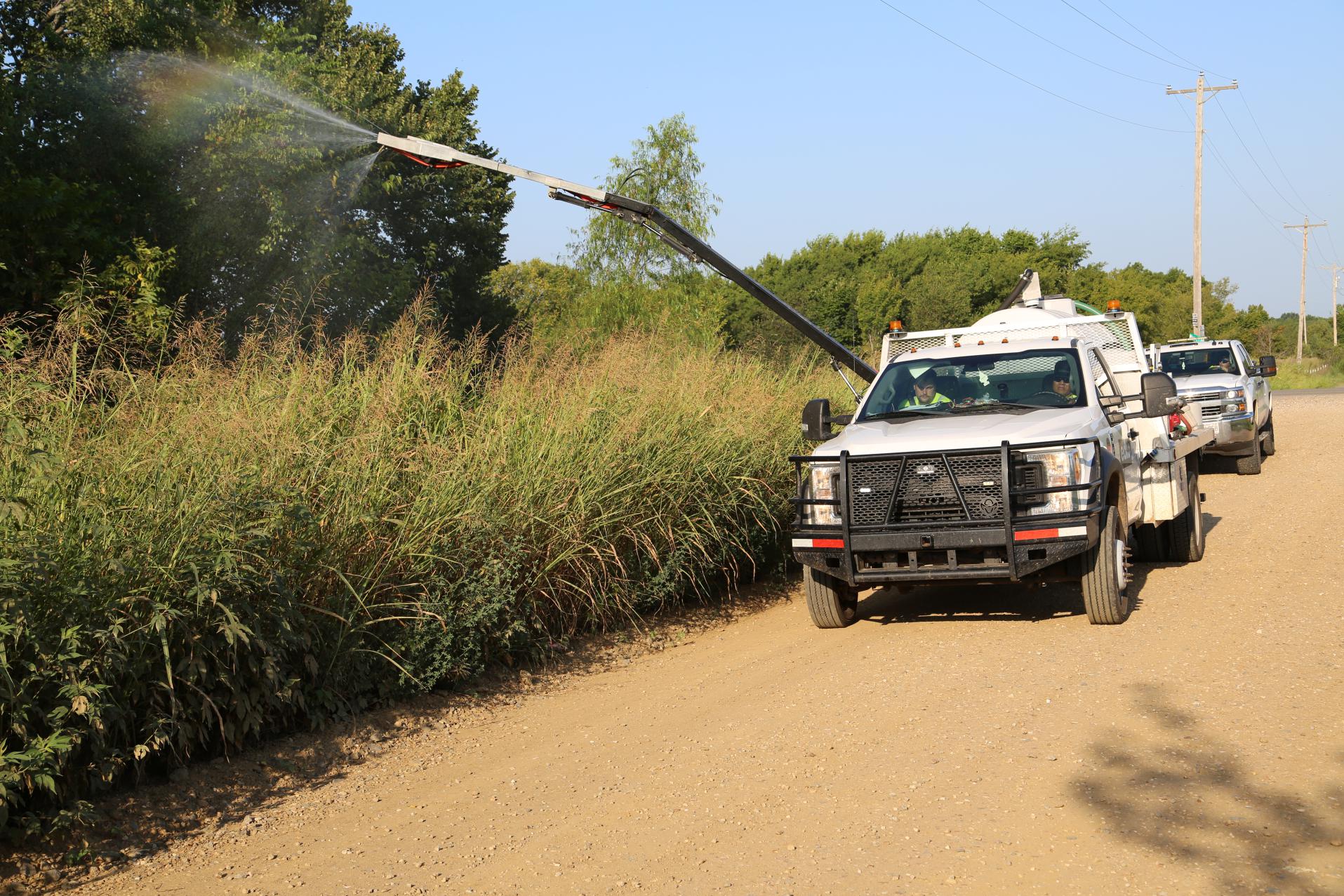
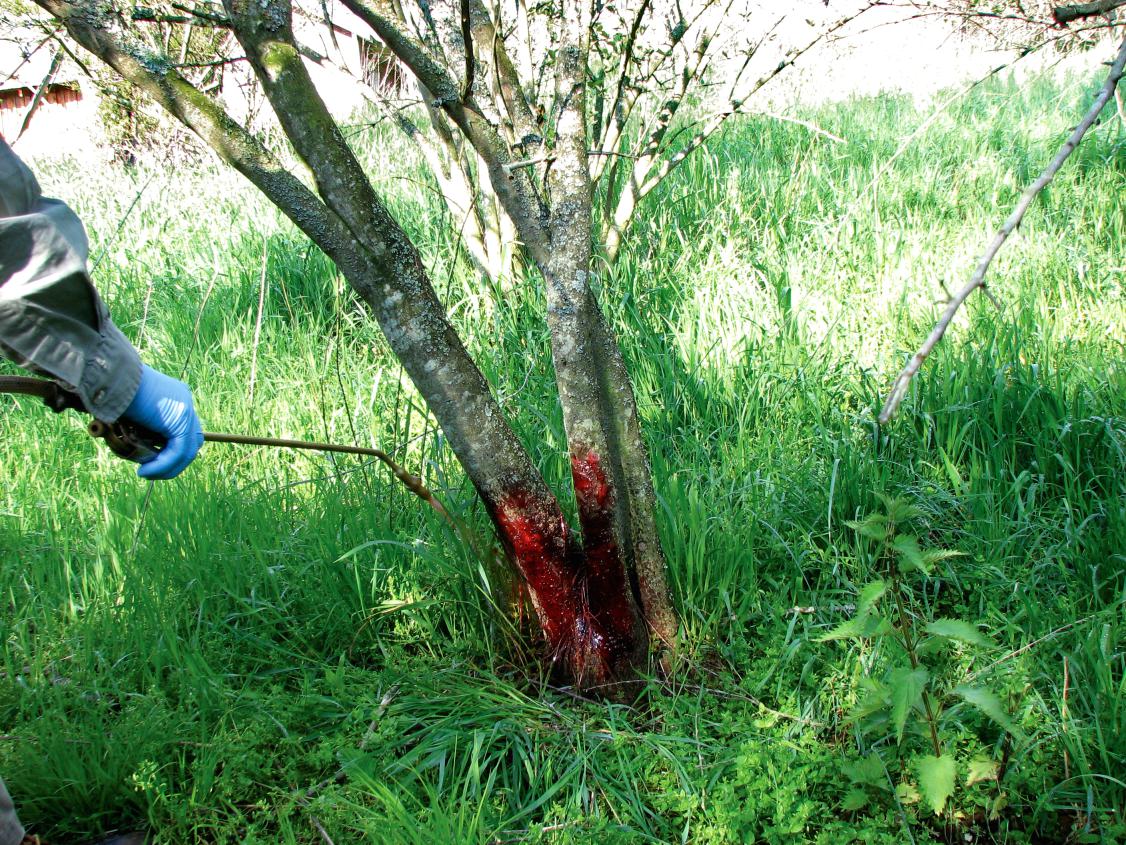
To learn more about seasonal treatment opportunities or recommended treatment methods for other incompatible or invasive plant species, visit VMVistas.com.
Under normal field conditions, TerraVue® is nonvolatile. TerraVue has no grazing or haying restrictions for any class of livestock, including lactating dairy cows, horses (including lactating mares) and meat animals prior to slaughter. Label precautions apply to forage treated with TerraVue and to manure and urine from animals that have consumed treated forage. TerraVue and Vastlan® are not registered for sale or use in all states. Contact your state pesticide regulatory agency to determine if a product is registered for sale or use in your state. Consult the label for full details. State restrictions on the sale and use of Garlon 4 Ultra apply. Consult the label before purchase or use for full details. Always read and follow label directions.
For over 30 years, Vistas® has covered strategies, trends and stories from across the Vegetation Management industry.